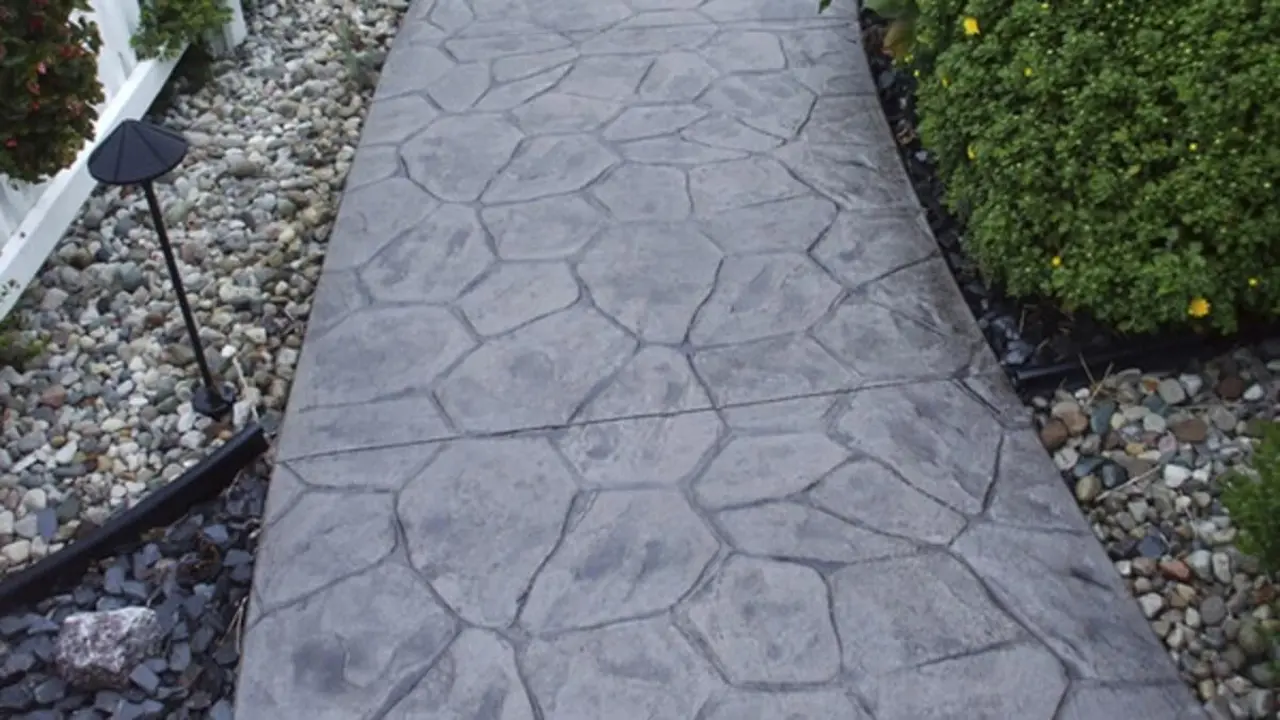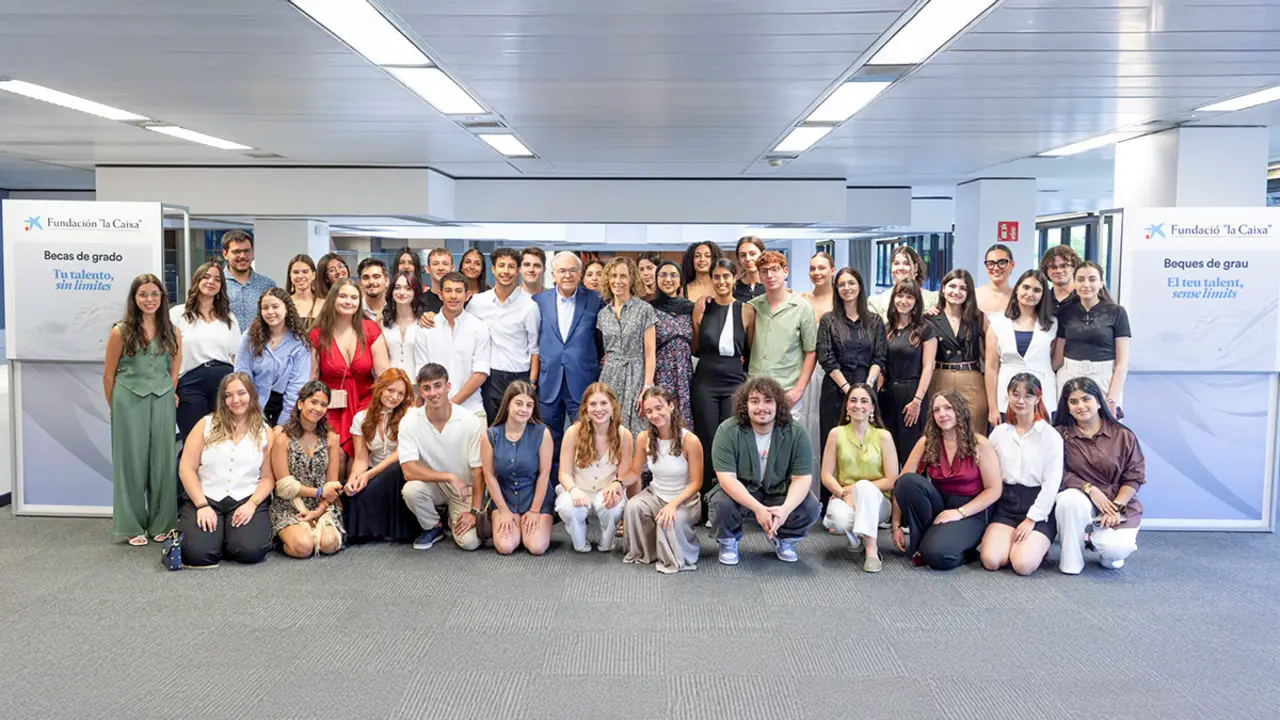The Acropolis of Athens, a dream place in times of pandemic
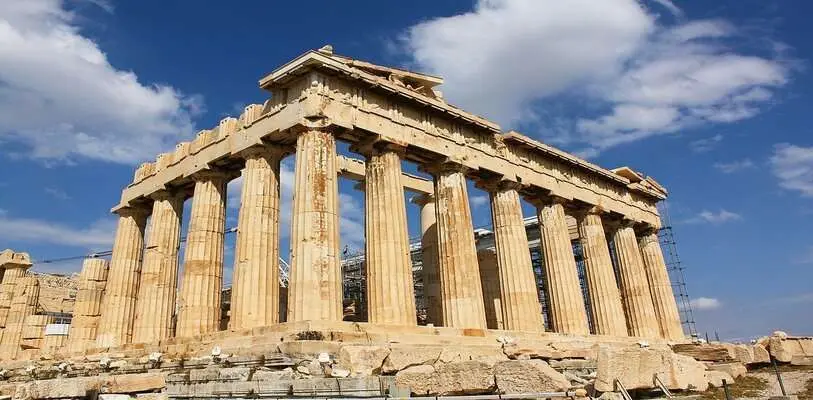
There are paradisiacal places where the mind takes flight. They are usually remote places in the middle of nature. There are others that could be dreamlike if they were not always crowded. The Acropolis of Athens is one of them. The coronavirus has made the miracle possible and has turned the sacred rock into a paradise inconceivable since tourism has existed.
It is midday and the temperature in Athens is around 20 degrees. On the promenade of Dionysius Aeropagitu you see people strolling. The restrictions allow it, but in theory little more. As soon as you cross the turnstiles onto the hill, you realise that everything is different.
At first glance there are more employees than visitors. Where normally the focus is on avoiding collisions with other tourists, it is now on the poppies in full bloom and the majesty of all the archaeological gems that stand before you on your way to the Parthenon.
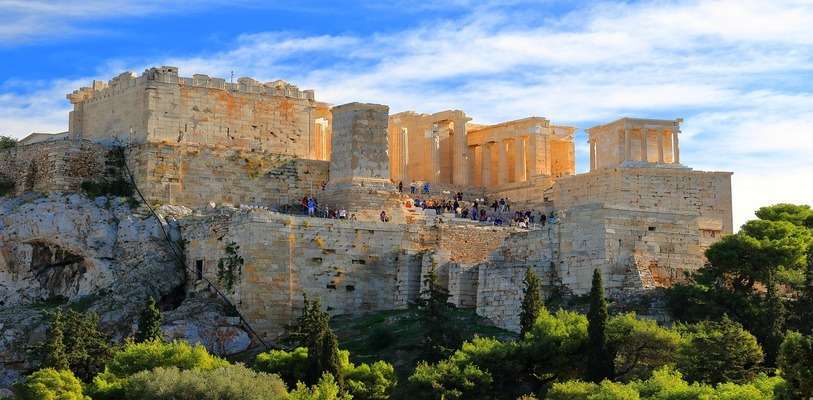
One of the first encounters is with the theatre of Dionysus (4th century BC), the scene of the great tragedies of Sophocles and Euripides, to name but two of the giants of antiquity. It is just a foretaste of what comes next: the majestic Odeon of Herodes Atticus (2nd century), which is no less splendid for being no less ancient.
It is, in normal times, the theatre par excellence in the summer months. Despite its current lethargy - for the past year the cultural world in Greece has been dormant, except for a brief and restricted summer break - one can guess at the power of its acoustics. The song of the birds that flit about undisturbed attests to this.
Once you reach the top, where in summer the queues of tourists allow little more than to be careful not to miss a step on the slippery marble steps, the Propylaea, the western entrance to the Acropolis, built by the architect Mnesicles in the fourth century BC, with its monumental portico, greets you in all its splendour.
With only a couple of tourists, the ascent allows you to stop as many times as necessary and even enter into conversation with the female employees who guard the sacred hill.
Irini, one of them, confesses that this somewhat unreal situation is not ideal, nor, in her opinion, is the normality of the masses. For the tourist, she says, now is the time. "You can photograph the monuments without anyone in the picture, it's all ideal. But those of us who work here sometimes wonder what we are doing without anyone to inform or draw attention to," he confesses to Efe.
Before the pandemic, the average number of daily visits in spring was around 6,000 - at the peak of the summer there are almost 15,000 - while now there are around 600, a tenth of that.
The archaeological sites opened on 22 March, but tourism has yet to take off and travel to Greece requires patience. At the moment, only flights to Athens and Thessaloniki are operating and, with a few exceptions, only for passengers from the European Union. Even so, many are reluctant because entering Greece requires a negative PCR test and a 7-day quarantine.
The government of the conservative Kyriakos Mitsotakis intends to open to tourism in mid-May, despite the fact that the epidemiological situation is not exactly the best, with an average incidence of 300 cases per 100,000 inhabitants.
The plan is to open gradually and with a number of caveats. Only those who present a certificate of vaccination or who have passed the COVID and, in addition, a negative PCR will be able to avoid quarantine.
Even with the opening, random rapid tests on arrival in Greece will be maintained.
For the time being, it is not even clear whether tourism will go hand in hand with the opening of the catering and hotel industry, two key sectors for the functioning of the main engine of the Greek economy, which generates 25% of the country's GDP.
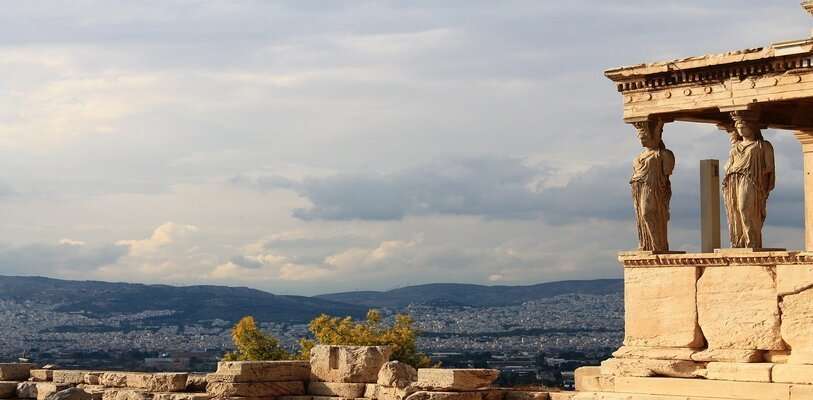
No mortal, with the exception of a few heads of state for whose visits the Acropolis is closed to the public, has ever seen it as it is now, at least not since mass tourism.
If even in normal times the Acropolis is impressive, now the Parthenon, the statues, the temples or the Caryatids are superlative. In the midst of such silence it is understandable that such places were built to worship gods or goddesses such as Athena, the protector of Athens.
The Parthenon has been everything throughout its history. Temple to the goddess, Christian church or Muslim mosque. It has been destroyed and rebuilt, and also sold, at least in part.
At the beginning of the 19th century, its marbles travelled to the United Kingdom when the British ambassador to the Ottoman Empire, Thomas Bruce, better known as Lord Elgin, who described himself as a lover of antiquities, obtained the Sultan's permission to take part of the metopes and the inner frieze of the Parthenon.
To do so, he carried out an operation of mutilation - he had a large part of the interior frieze removed, the metopes cut away from the high relief - and took possession of others. He sold it to his government for £35,000 and since 1939 these jewels have been on display in the British Museum, while the Acropolis Museum only exhibits copies.
Today, the issue remains a major bone of contention in relations between Greece and the UK, whose citizens are otherwise great lovers of this land, which year after year they make one of their favourite holiday destinations.





